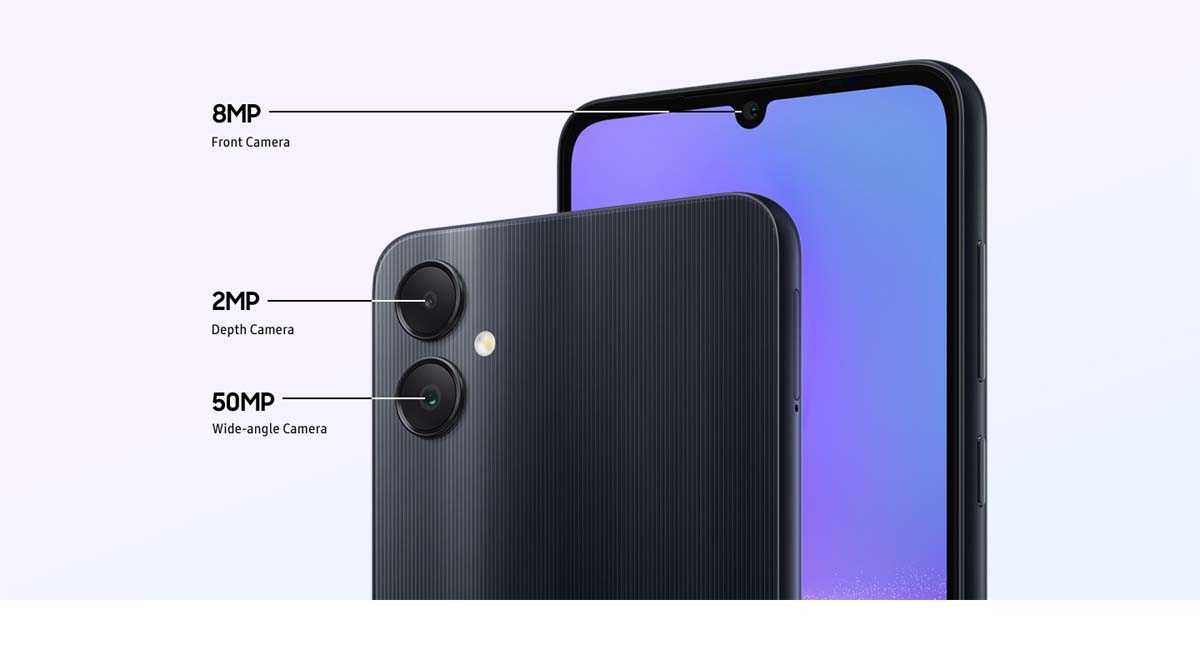Samsung officially introduced two new product lines, Samsung Galaxy A05s and Galaxy A05.
This year's two devices have notable upgrades, from top-notch performance to large high-resolution screens and improved camera experiences.
Optimal technology upgrades are aimed at users
The most notable upgrade of the Galaxy A05s and Galaxy A05 is the wide screen up to 6.7 inches. This is the largest screen size on the Galaxy A series ever.

Galaxy A05s and Galaxy A05 are equipped with 25W Super Fast Charging technology. With this technology, in just 30 minutes, the device can fully charge up to 50% of the battery. Additional support for fast charging capability is a battery with a capacity of 5000mAh.
Both devices have 50MP camera clusters that are sharp in every detail. Both product lines have a 2MP background blur camera that helps focus on the subject clearly, creating the most impressive depth.
Samsung Galaxy A05s
Samsung Galaxy A05s is equipped with Qualcomm Snapdragon 680, significantly improving performance compared to its predecessor. In particular, the Galaxy A05s screen has been upgraded to FHD+ resolution, scoring entertainment experiences with realistic and detailed images.

The front camera of the Galaxy A05s has also been upgraded to 13MP.
Samsung Galaxy A05
Galaxy A05 is equipped with a MediaTek Helio G85 processor to help users easily enjoy their favorite content or handle multitasking tasks smoothly.

Galaxy A05 is equipped with a pair of sharp cameras, helping you capture memorable moments without blur or noise. This year, the 8MP selfie camera has been upgraded to a higher resolution than its predecessor.
Two generations of upgrades and security updates for up to four years
To ensure peace of mind for years to come, both the Galaxy A05s and Galaxy A05 will have up to 2 generations of operating system upgrades and 4 years of security updates. These features allow users to have access to the latest software and the latest personalization features that come with One UI Core 5.1, as well as privacy, security, and stability improvements in throughout the smartphone lifecycle.
 SamFw
SamFw

